At CES, the crowded consumer tech trade show held in Las Vegas every January, it’s all about energy. Some booths have it and some don’t. Smart ovens, once a darling of the convention floor, were everywhere in 2024 but excitement for them was scant. Oversaturation could explain the waning enthusiasm for smart kitchens — they’ve been around for the better part of the decade — or perhaps it’s a deeper miscalculation about how people want to cook.
If a kitchen appliance exists, you can bet there’s a smart version, or there will be soon. Intelligent updates on cooking tools we’ve used for decades, in some cases centuries, have rolled out at a furious pace the past several years, but is anyone buying it?
A 2024 forecast report by consulting firm Spherical Insights predicts the smart kitchen category is on track to reach $76 billion by 2033. This rosy outlook requires some meteoric growth. As it stands, smart kitchen products account for just 2% of the category’s total global valuation of $720.59 billion in 2023.
The definition of smart home and smart kitchen is murky, but is largely a catch-all for devices that are one of two things: Wi-Fi enabled or AI-powered — often both.
A Wi-Fi-enabled or “connected” slow cooker, air fryer or food composter mostly means you can control the appliance, receive notifications and monitor progress via your device.
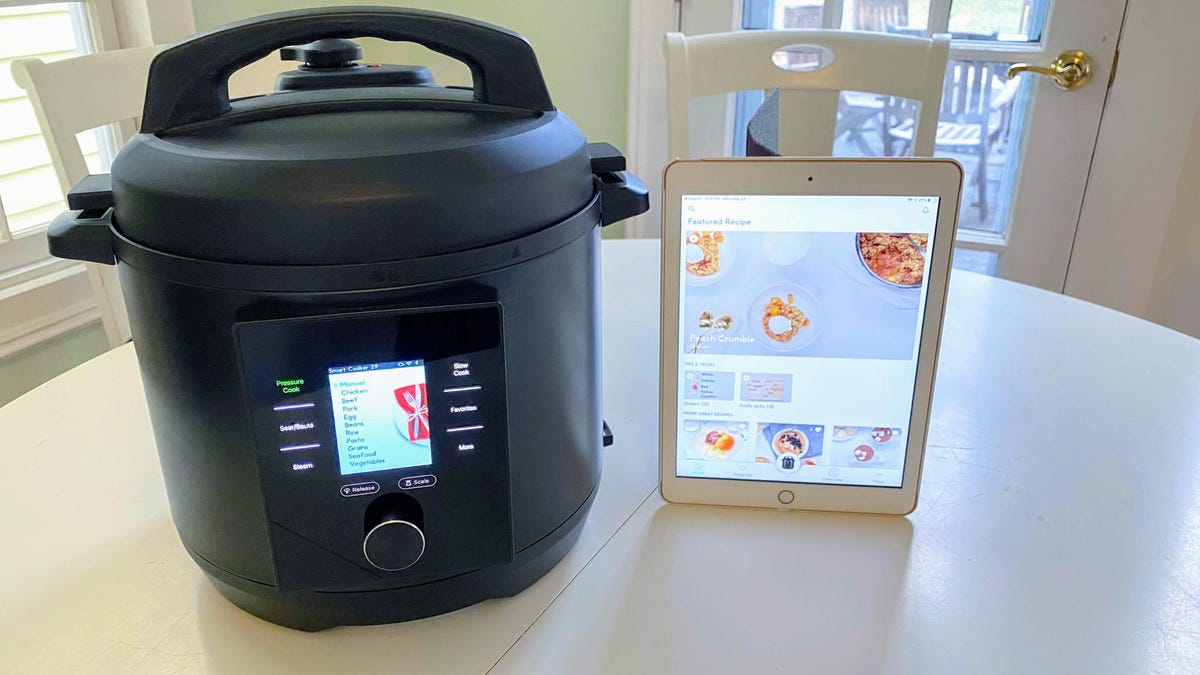
Multicookers now offer mobile connectivity to start, stop and adust cooking.
The other bucket of smart kitchen tech speaks to core functionality, namely the ability to recognize various elements of food and drink and set or adjust its behavior accordingly for better results. In short, these smart appliances complete tasks and make cooking decisions that were previously done and made by the humans operating them.
You don’t have to look hard to find examples of smart kitchen tech — and there are many.
Blenders and food processors made by popular brands including Breville and Ninja have smart technology, sensing when the ingredients are processed to a target consistency and revving up or pulling back to achieve it.

Blenders have become pretty smart, and the technology is mostly additive.
Smart refrigerators are fitted with cameras to give the owner a glimpse of the contents from anywhere, so long as you have cell service. Some can even identify the food and suggest recipes to make with them. Kinda cool, I guess. But so is keeping the $3,000 it’ll cost you to buy one.
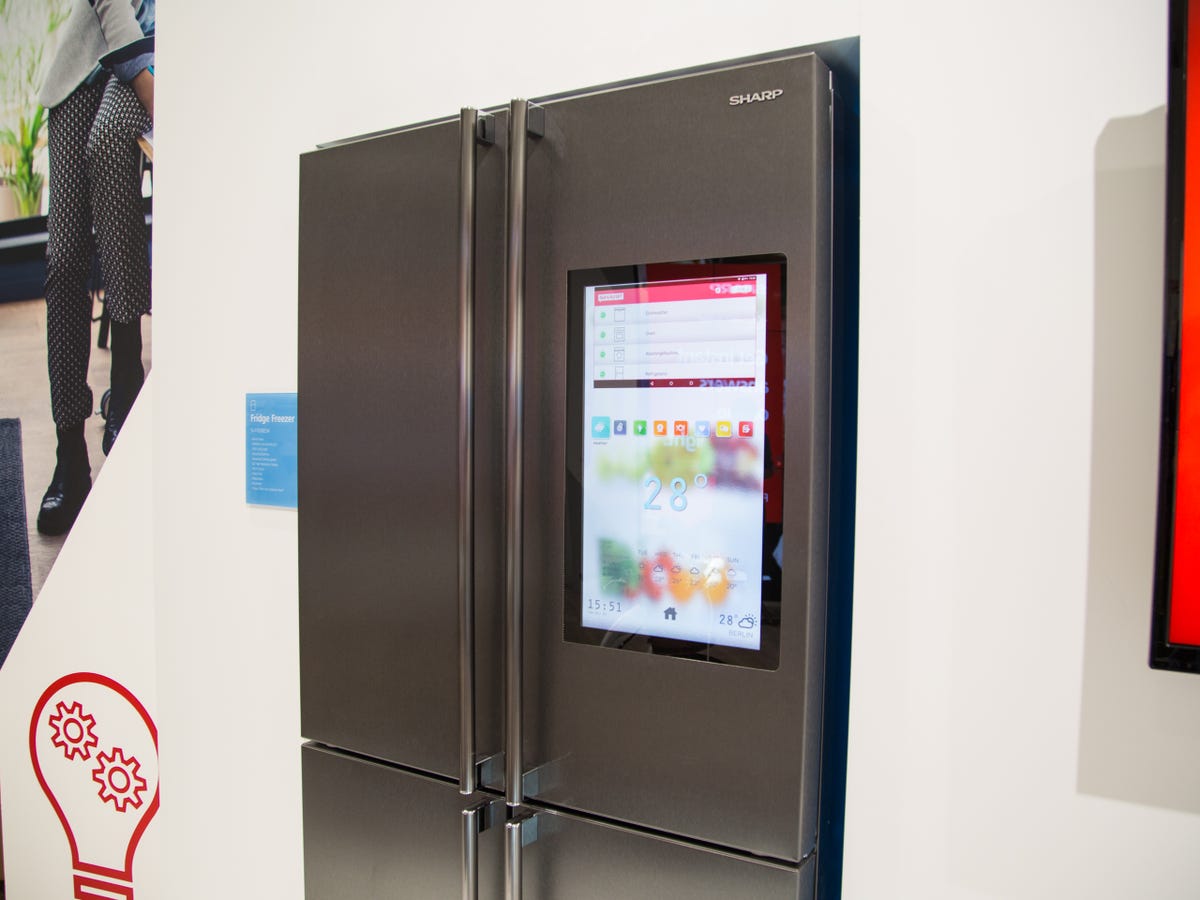
Reading a recipe in large format from your smart fridge display may be worth the bloated cost alone.
GE Profile’s “smart” stand mixer, unveiled at CES 2023, isn’t connected but it has a built-in scale and it can detect the consistency of a dough mixture and change speeds accordingly. The brand also released an indoor smoker this year with an integrated probe thermometer and full mobile control to help even a novice home cook make real-deal barbecue indoors.
Both appliances were priced at $1,000 when they launched.
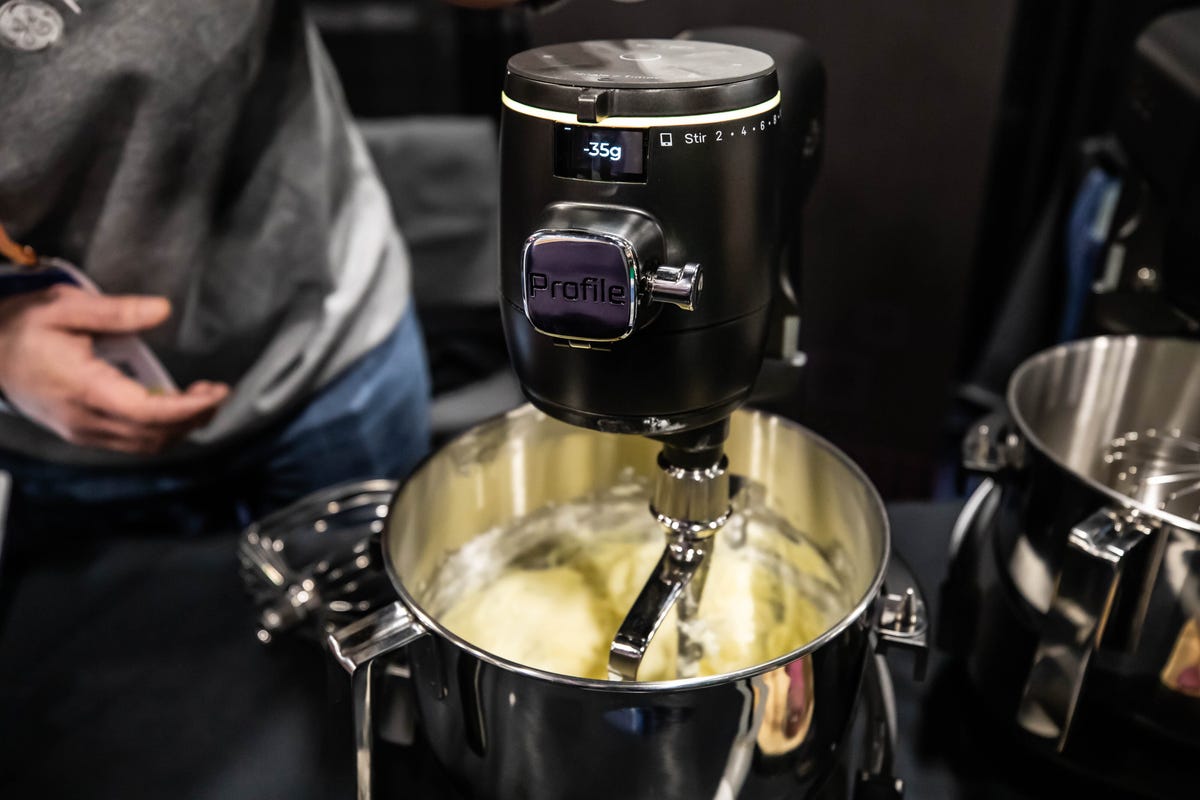
GE Profile’s $1,000 smart mixer adjusts speed and torque based on the mixture inside.
These AI-powered and connected devices are priced at a premium, but it’s not so obvious if the public is buying what smart kitchen brands are selling. There’s no example more glaring than the much-invested-in smart oven.
The death of the smart oven?
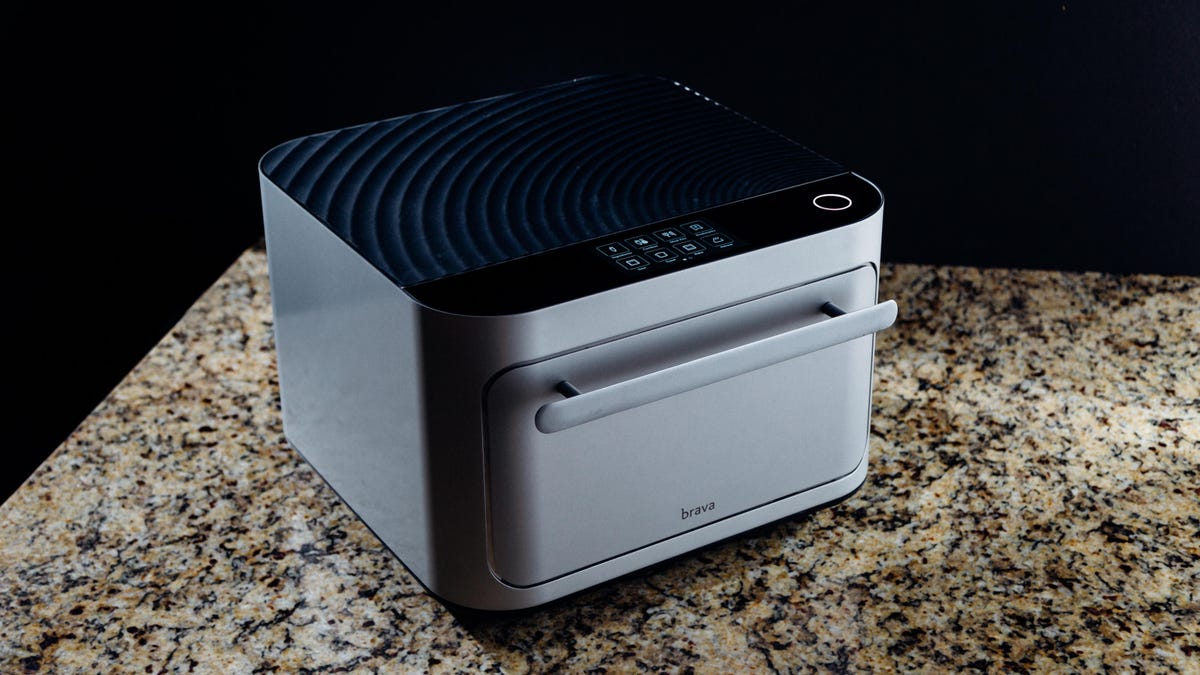
The Brava is an engineering marvel but it costs a whopping $1,300.
These souped-up countertop convection, steam and infrared robot ovens plowed their way into the market over the past decade, promising to do all or most of the cooking for us. It’s a Jetsons-style fantasy come to life but maybe one better suited for Saturday morning cartoons. While brand reps aren’t in a rush to share sales figures, there are clear indications that the demand is soft at best, despite a fervor of remarkable engineering and tactical marketing.
Brava makes an impressive light-powered oven that employs infrared heat and dynamic zones within its chamber to cook various foods at different temps all at the same time — and it does so pretty deftly. An internal camera also allows you to monitor food from your personal device and control the oven’s more than 7,000 custom cooking programs.

Smart ovens have a lot of programs and modes. Perhaps too many.
The oven is a mechanical marvel, to be certain. It’s also small — just 0.6 cubic-feet of interior cooking chamber space — and it costs $1,300. That’s more than most full-sized wall ovens. So far, only 74 purchase reviews exist on Amazon in the roughly four years it’s been available through the megaretailer.
Others have tried to crack the smart oven code. Tovala’s countertop offering does some, although not all, of what the Brava does. The compact Tovala cooks prepackaged meals you also buy from the brand. Scan the QR code for Tavola’s barbecue salmon with potato wedges or broccoli alfredo pasta, and stick it in. The oven fires up and toggles between cooking temps and styles — roast, bake, broil, steam — in an attempt to mimic the moves of a professional chef.
The Tovala oven cooks meals produced by the brand with calibrated programs.
CNET reviewed the Tovala oven in 2017 when it launched. At the time it cost $400. Now, you can bag one from the company’s website for $250. Third-party retailers have it listed for as cheap as $99. The Suvie Oven functions in a mostly similar way. Its price has also fallen sharply from $400 when we wrote about it to its current tag of $299, including 18 free meals. All of this while inflation and supply issues have sent most product prices soaring.
The June Intelligent Oven was perhaps the buzziest of the smart oven set. The sometimes autonomous, connected and AI-powered oven debuted in 2015, promising to take the guesswork out of cooking with a built-in thermometer that works in congress with a cocoon of burners and carefully calibrated cooking programs to nail the temperature on, say, a pork tenderloin (famously easy to overcook and tragic if you do).
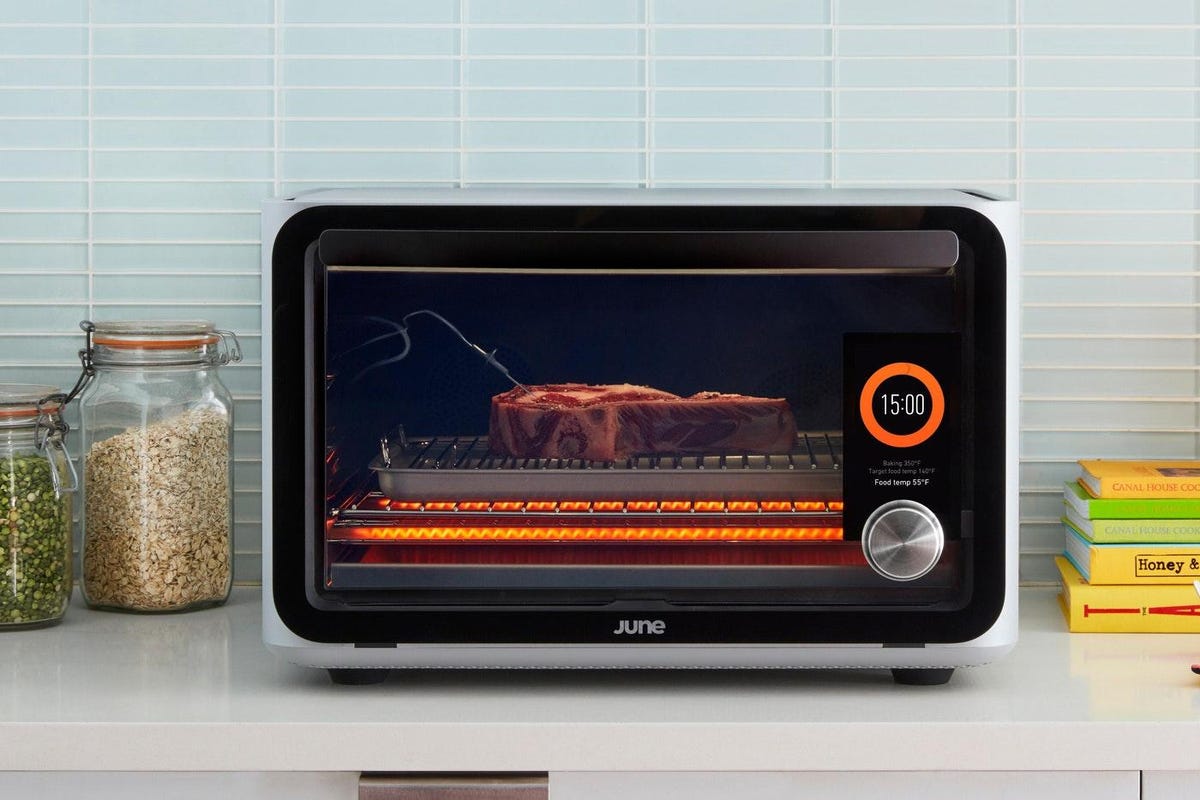
The June oven made a big splash when it launched but the pricey oven never connected with consumers at scale.
Advanced machine learning, remote tinkering and regular AI system updates from June’s engineers made it so the oven got conceivably smarter over time. An internal camera provided users a live view of the action inside.
I reviewed the June in 2022. The smart oven did most of what it said it would — some things better than others — and was novel to use for a few days. But I like to cook and overly engineered ovens such as the June and Brava function as if I don’t, or at least that’s how it feels. Therein lies the foundational problem with overly smart smart kitchen.

The all-digital control panel was user-friendly and the oven did most of what it promised.
It was priced anywhere from $600 to more than $1,000, depending on when you bought in, plus a monthly subscription fee. After repeated attempts to reconfigure the machine and its price structure, June sold to Weber, which quietly discontinued the oven late last year. Weber has since integrated June’s AI and internal sensor technology into its already state-of-the-art outdoor grills, but a representative for the brand told me over email that there are no plans to revive the oven itself.
People who don’t want to cook, don’t want to cook
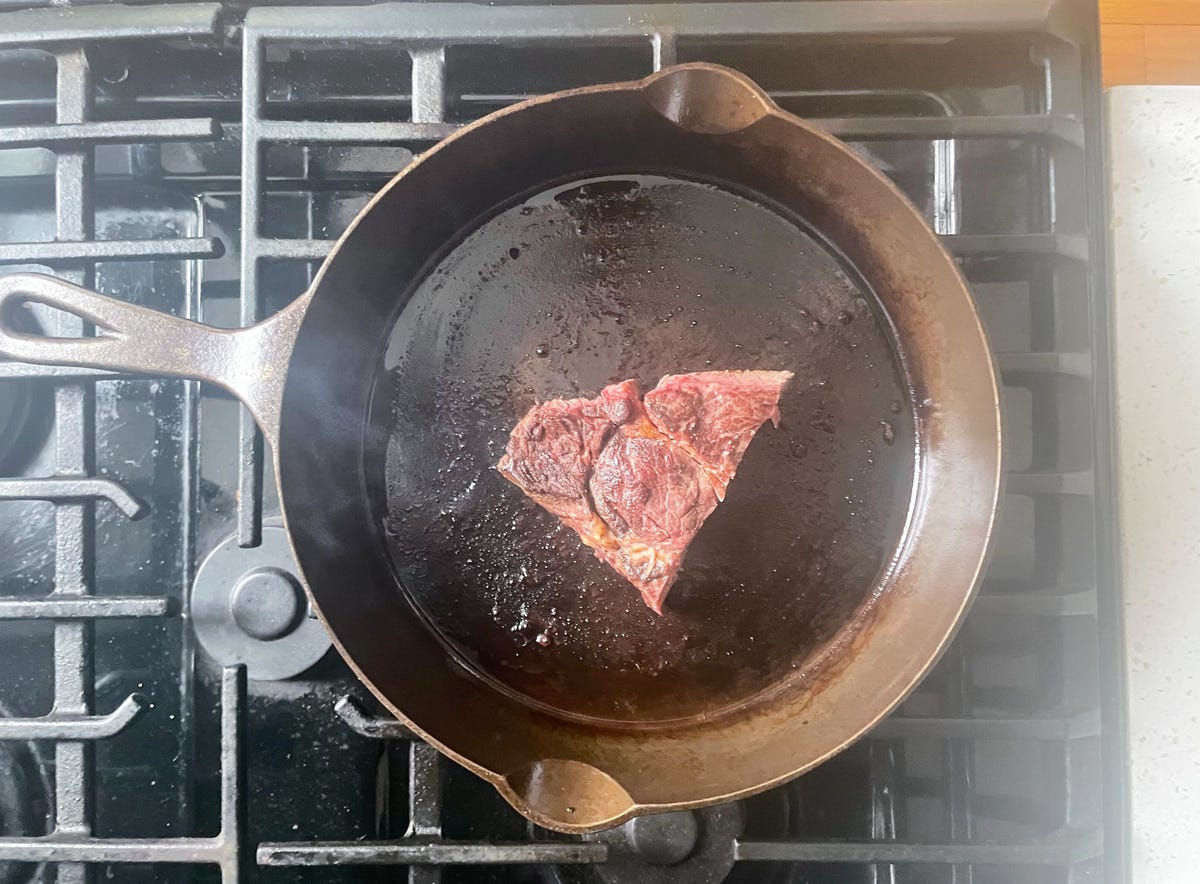
Cooking is as rewarding a hobby as I’ve found. Overly smart ovens stand in the way of basic kitchen skills.
Some smart kitchen tools and appliances promise to do all the cooking for you, but that’s where they lose most home cooks — at least this one. Those of us who do cook or want to learn are intent on honing basic skills needed to make meals from scratch. Sure, there’s a bumpy phase to power through at first, colored by dry pork loins and undercooked salmon before you get to the fun stages. But there’s also joy in that trial and error, and most smart oven engineers fail to take that into account.
In short: People who want to cook want to cook. If that didn’t, they’d spend money on dining out and delivery. If you can afford a $1,000 countertop toaster oven, your budget likely allows for such splurges.
Smart kitchen tech can work when they don’t try to do it all
But it’s not all doom and gloom for the smart kitchen category. There are versions of smart kitchen tools and appliances that prove to be additive and worth the extra money.
Blenders with capable motor intelligence are helpful and don’t pilfer the joy of blending, if there is such a thing. A smart meat thermometer pings you when a whole chicken or side of beef comes to temp. (I love the idea but find many of them inaccurate or buggy and in need of better calibration.)
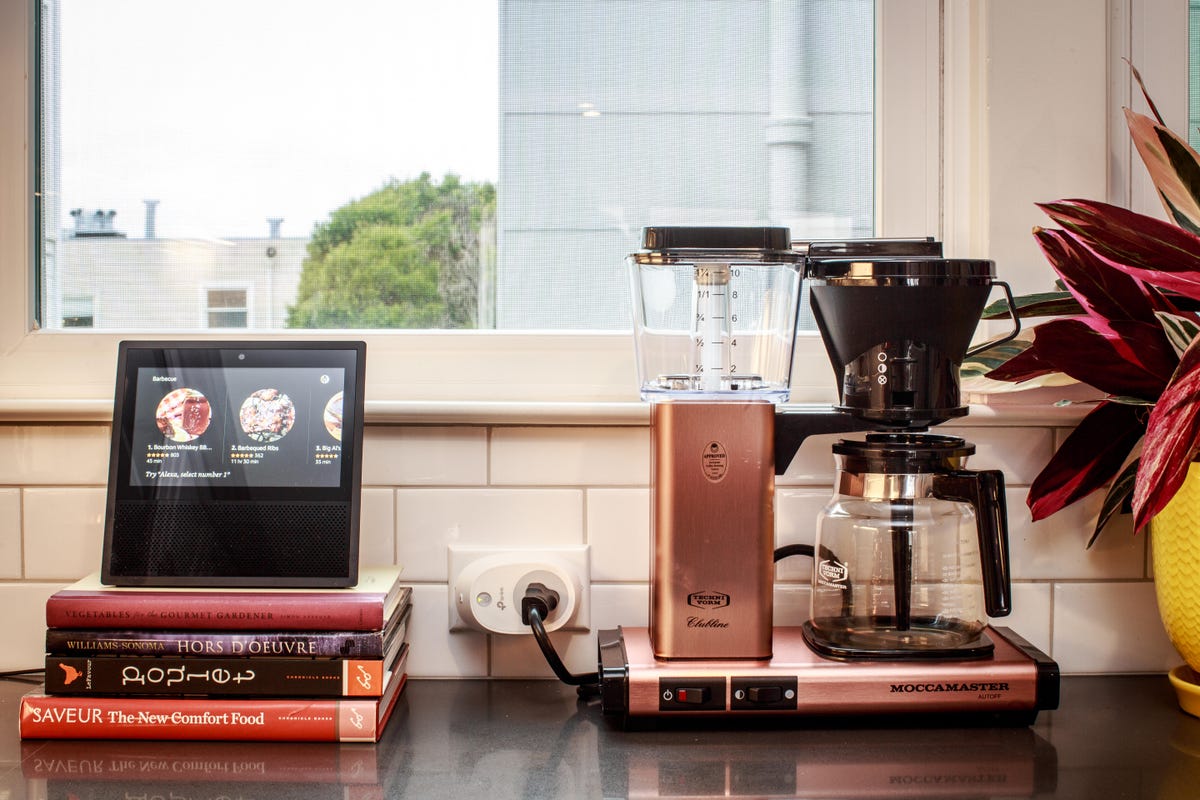
Starting a pot of coffee from bed is a smart feature I can get on board with.
A smart coffee maker dutifully brews your morning pot on demand if you tell it to, even from the comfort of bed. Smart refrigerators have built-in screens to display recipes, a weekly schedule or notes to the rest of the household. I love this feature and when I can afford it, I’m buying one.
And smart composters like the Mill Bin, perhaps the most promising new smart kitchen appliance to enter the market of late, will warn you when its bin of rapidly decomposing organic waste is nearing capacity.
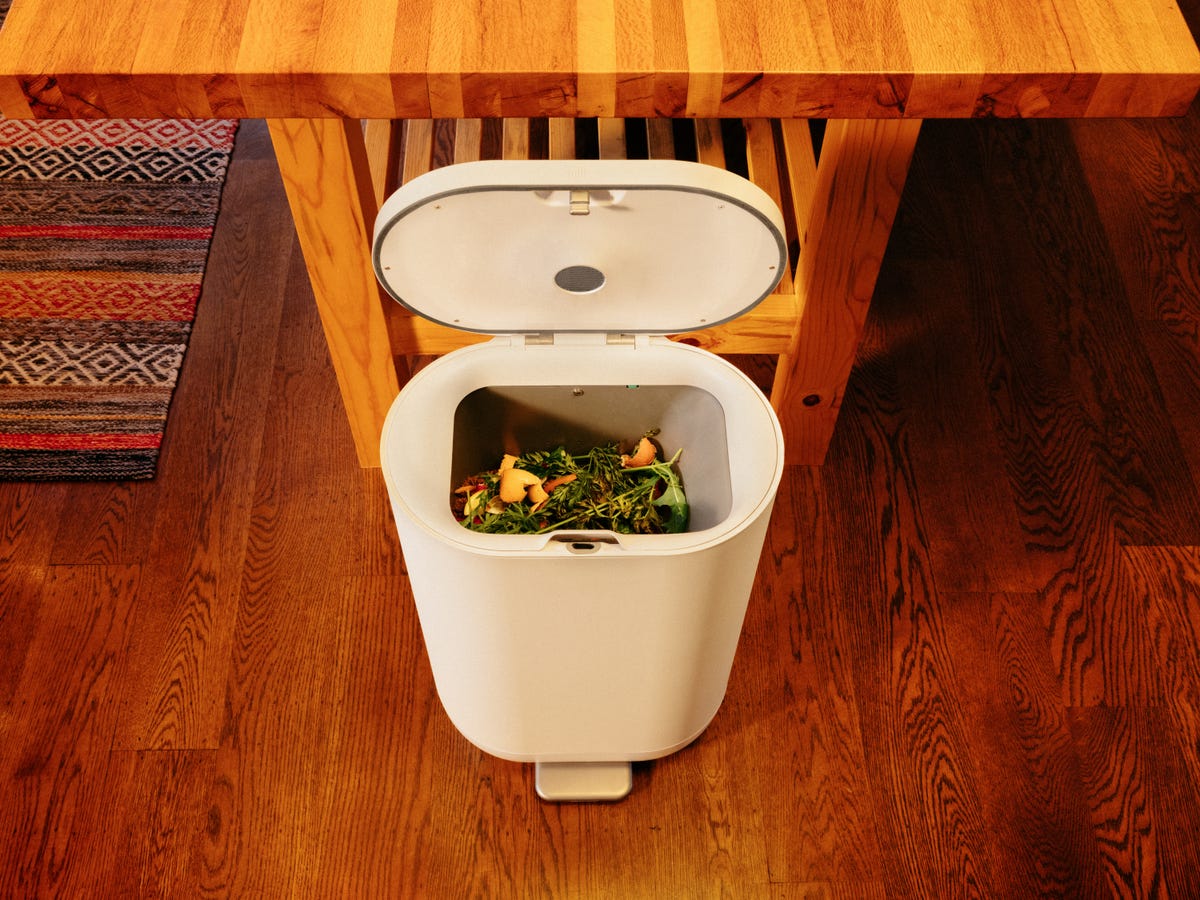
Every kitchen needs a smart kitchen composter. When they come down in price, they just might.
Even some smart oven features make practical sense. A wall oven’s notification that it’s finished preheating or your Instant Pot reminding you that it’s time to release the pressure on your corned beef frees you up to meander out of the kitchen without ruining dinner.
Of the smart countertop convection ovens I’ve tried, Breville’s Joule with its subtler approach to smart ovenry is the closest to getting it right. The Joule has smart features like autopilot cooking for recipes preloaded into the app. It sends notifications when the oven is preheated and again the food is finished cooking. There’s also a thrilling rotisserie function — June also had one — that heats in a rotation around a chicken to imitate the real thing.
The Joule is still too expensive for the average person — it’s listed at $500 but can often be found on sale for less — but the price is more palatable than a June or Brava. If you buy one and don’t end up using all the smarts, you’re still in possession of a top-of-the-line toaster oven and thus not subject to as much buyer’s remorse.
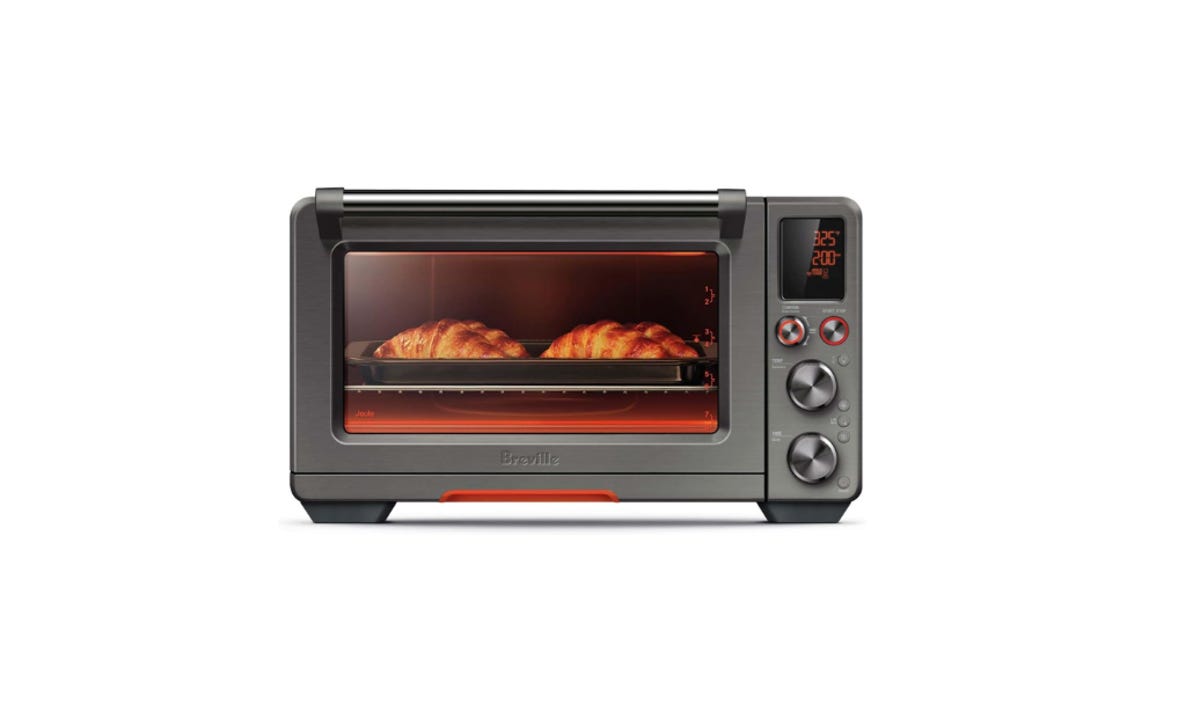
The Breville Joule is one smart oven that doesn’t lean into the smart part too heavily.
I spoke with Andrew Sirotnik, Breville’s chief experience officer, about the brand’s lighter-handed approach. Sirotnik spends his time thinking about the relationship people have with Breville’s machines. He told me that forcing folks to completely change the way they do things and outsourcing the knowledge is risky. The minute that “do-it-all” machine is wrong or off, you’ve lost their trust.
Smart kitchen tech is still finding its footing. There are innovations I hope to see enter ubiquity (looking at you smart fridge display,) but with big swings come the inevitable misses. A slew of modern smart oven robots tried to take over the cooking for us, but for now it appears they didn’t correctly read the room. Or in this case, the kitchen.




















+ There are no comments
Add yours